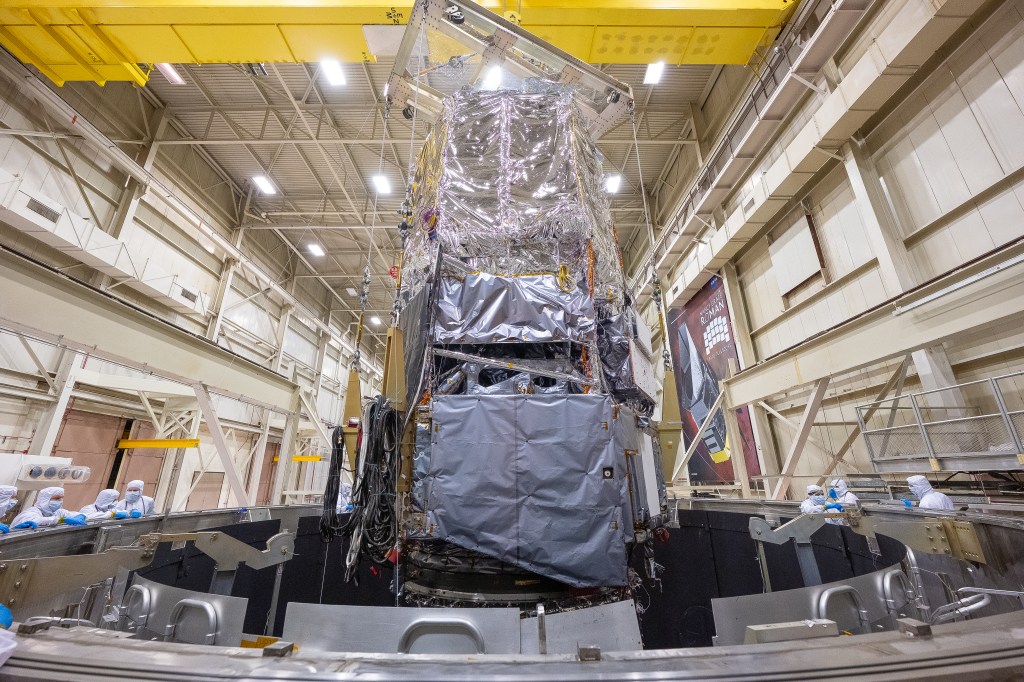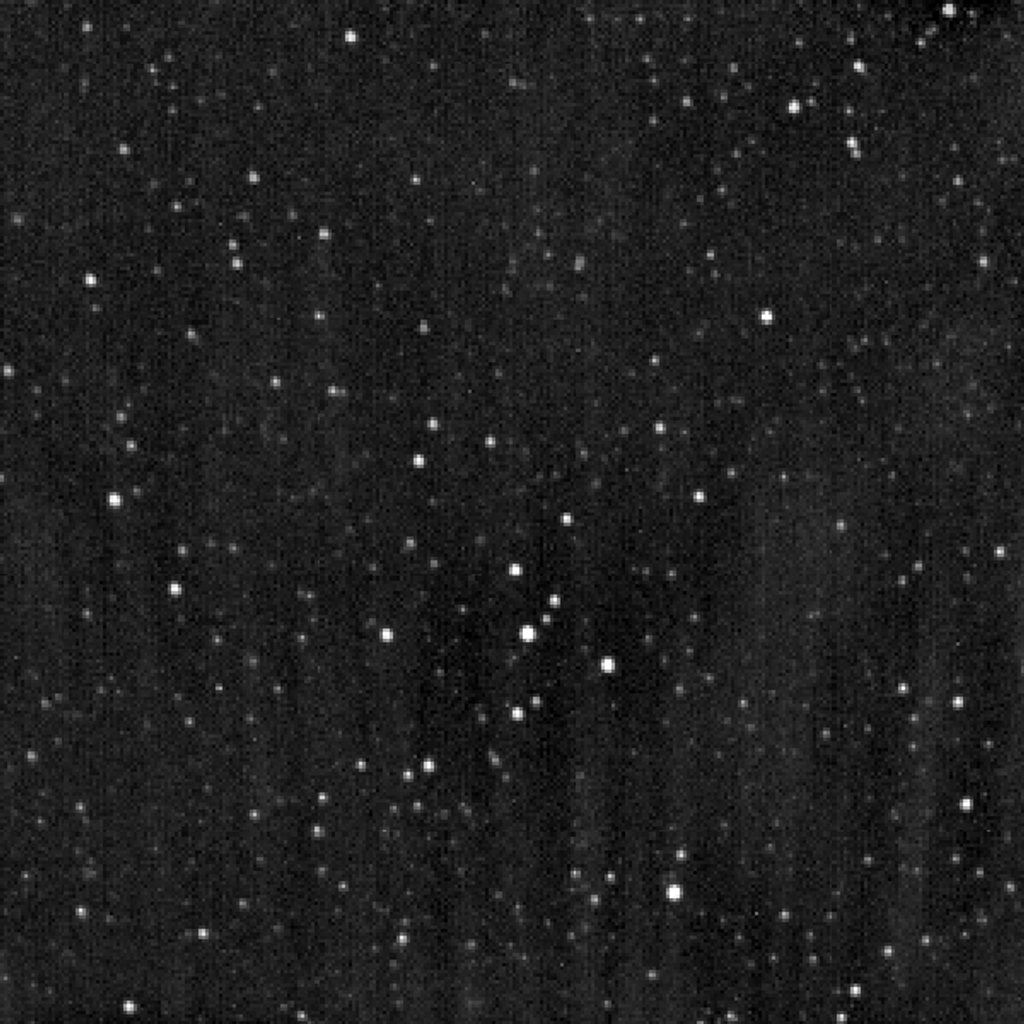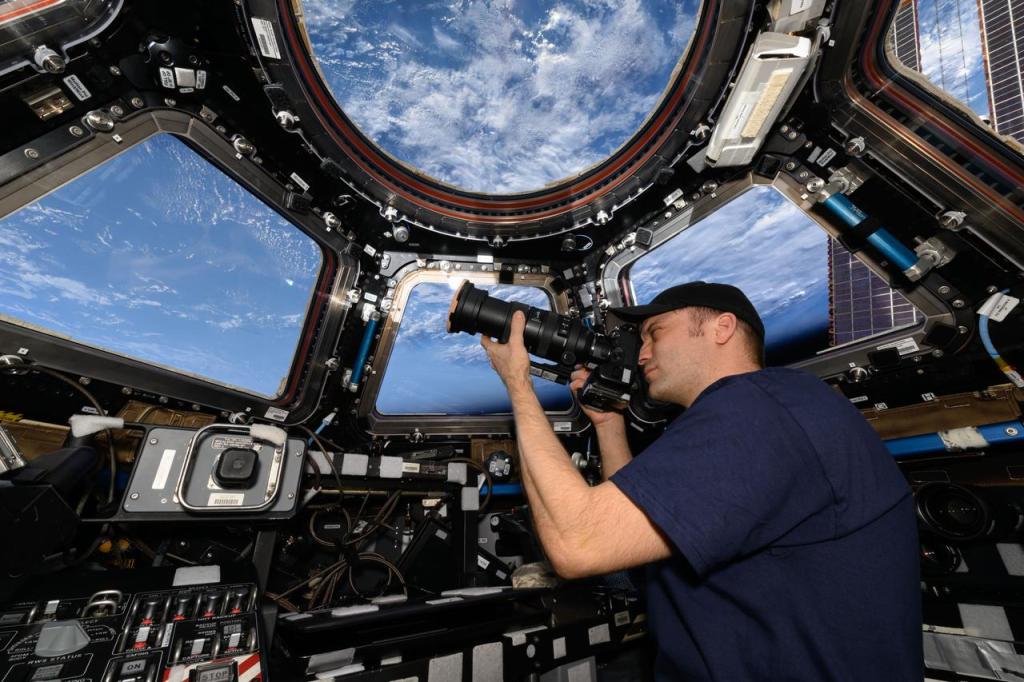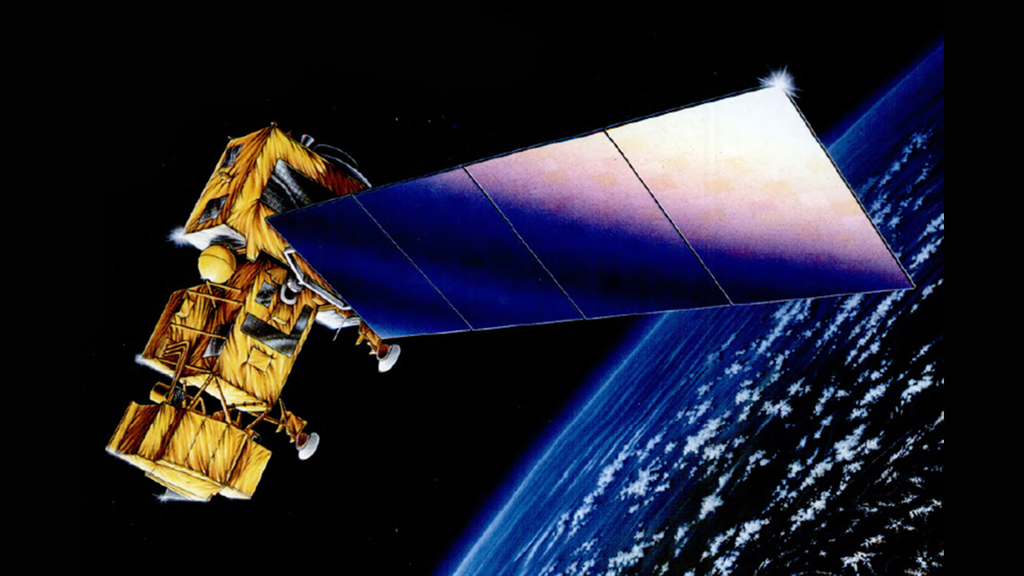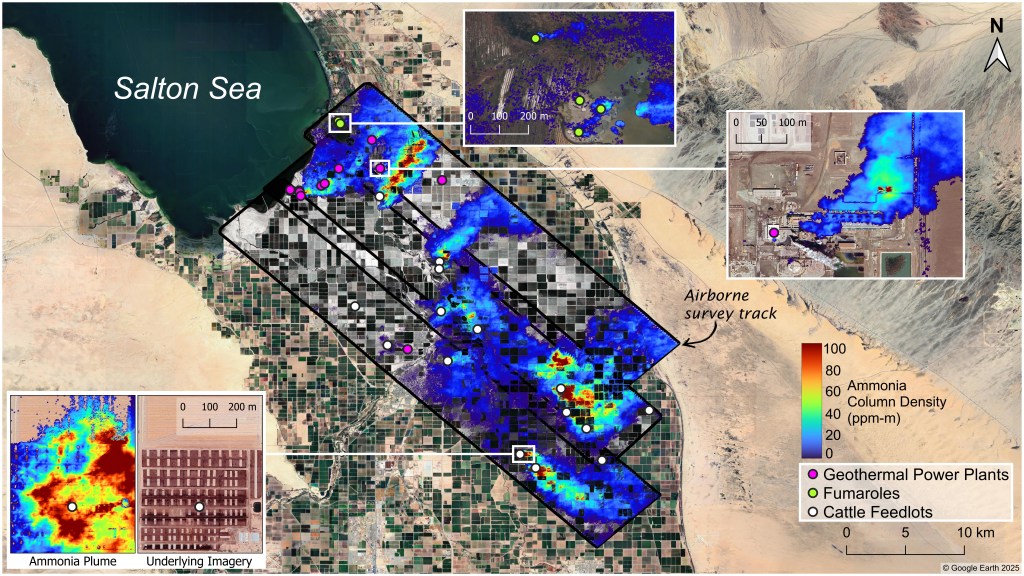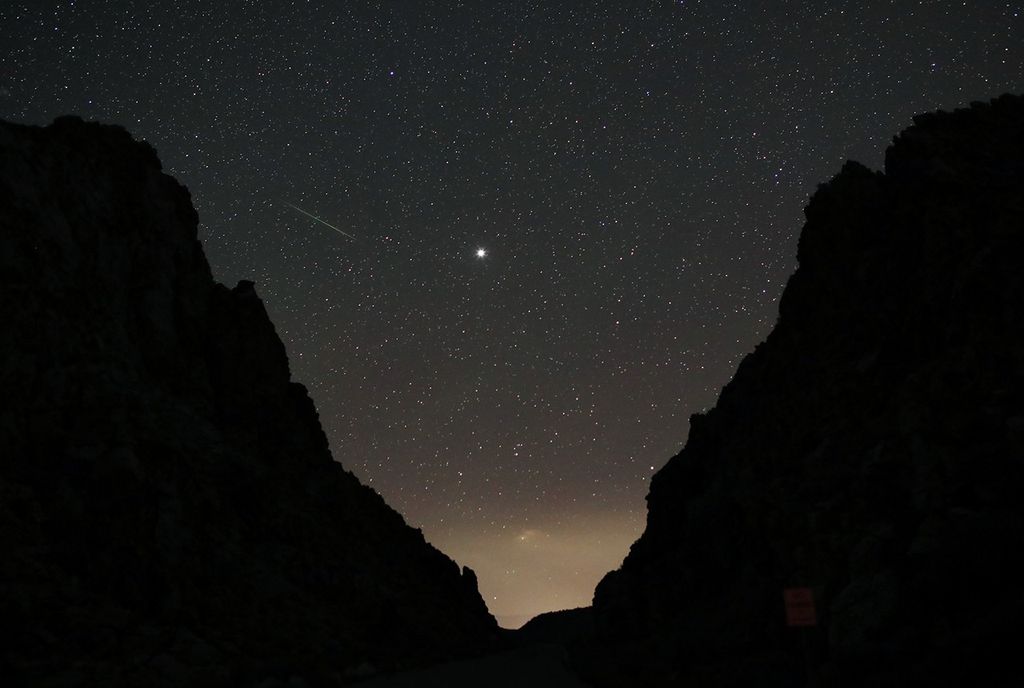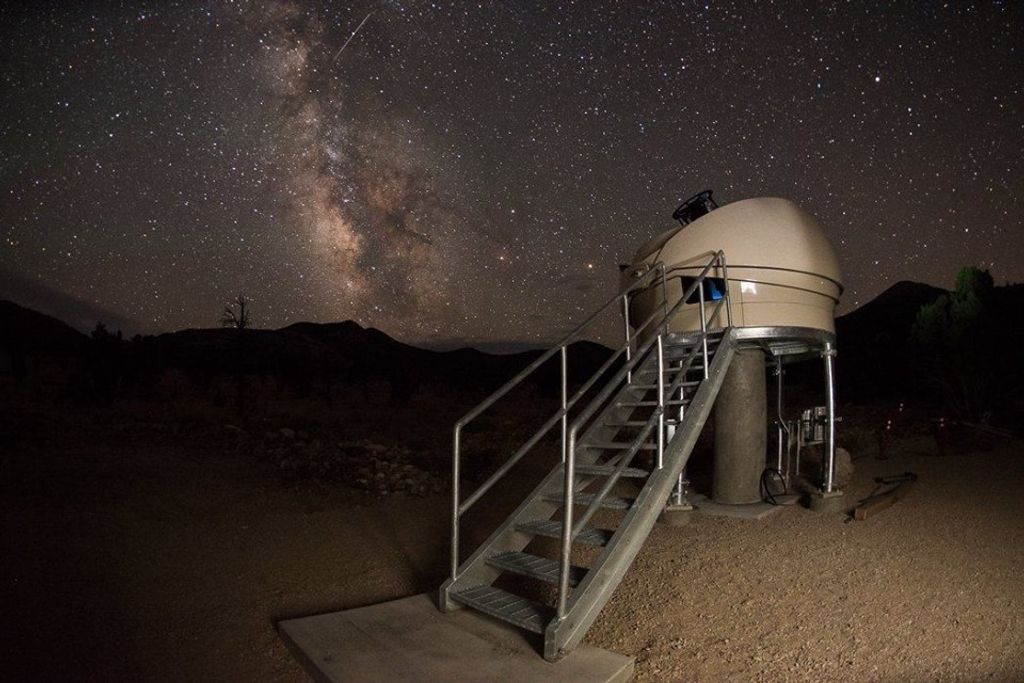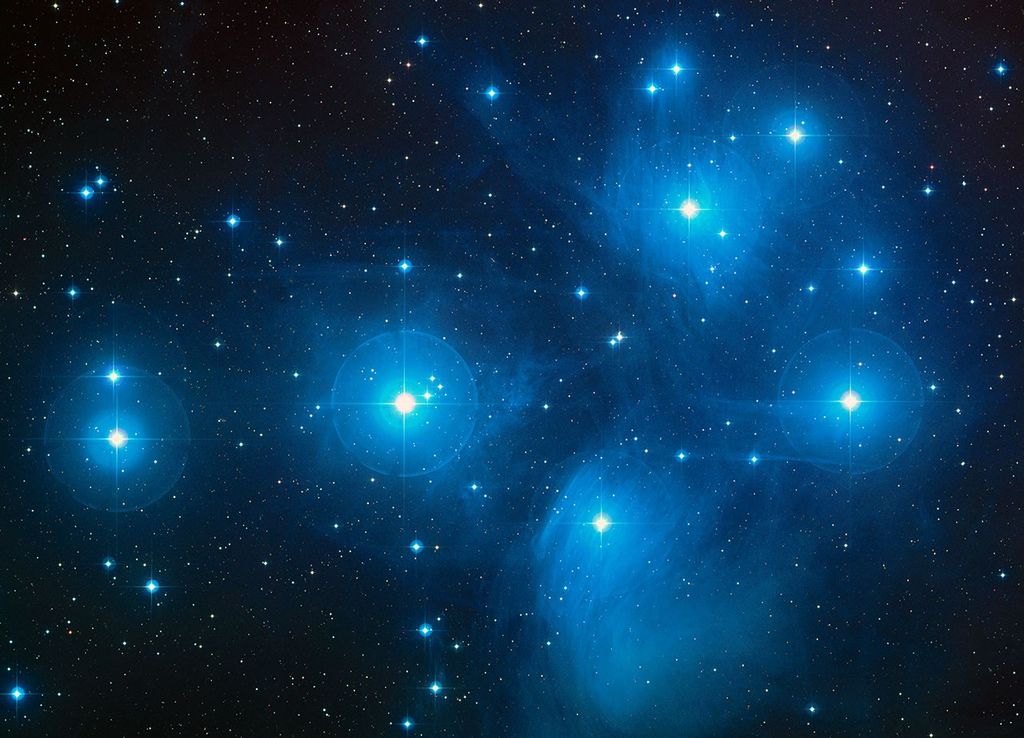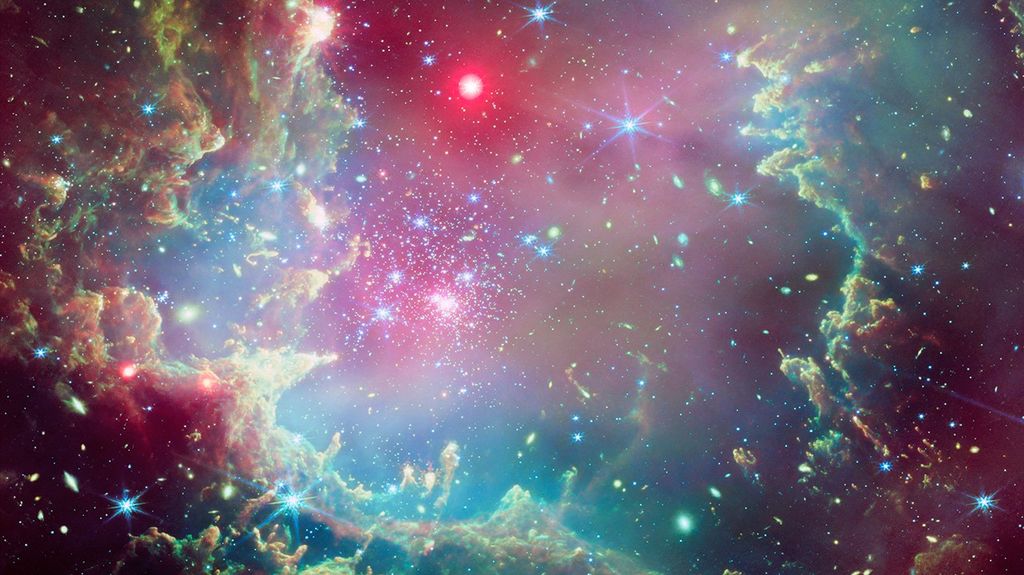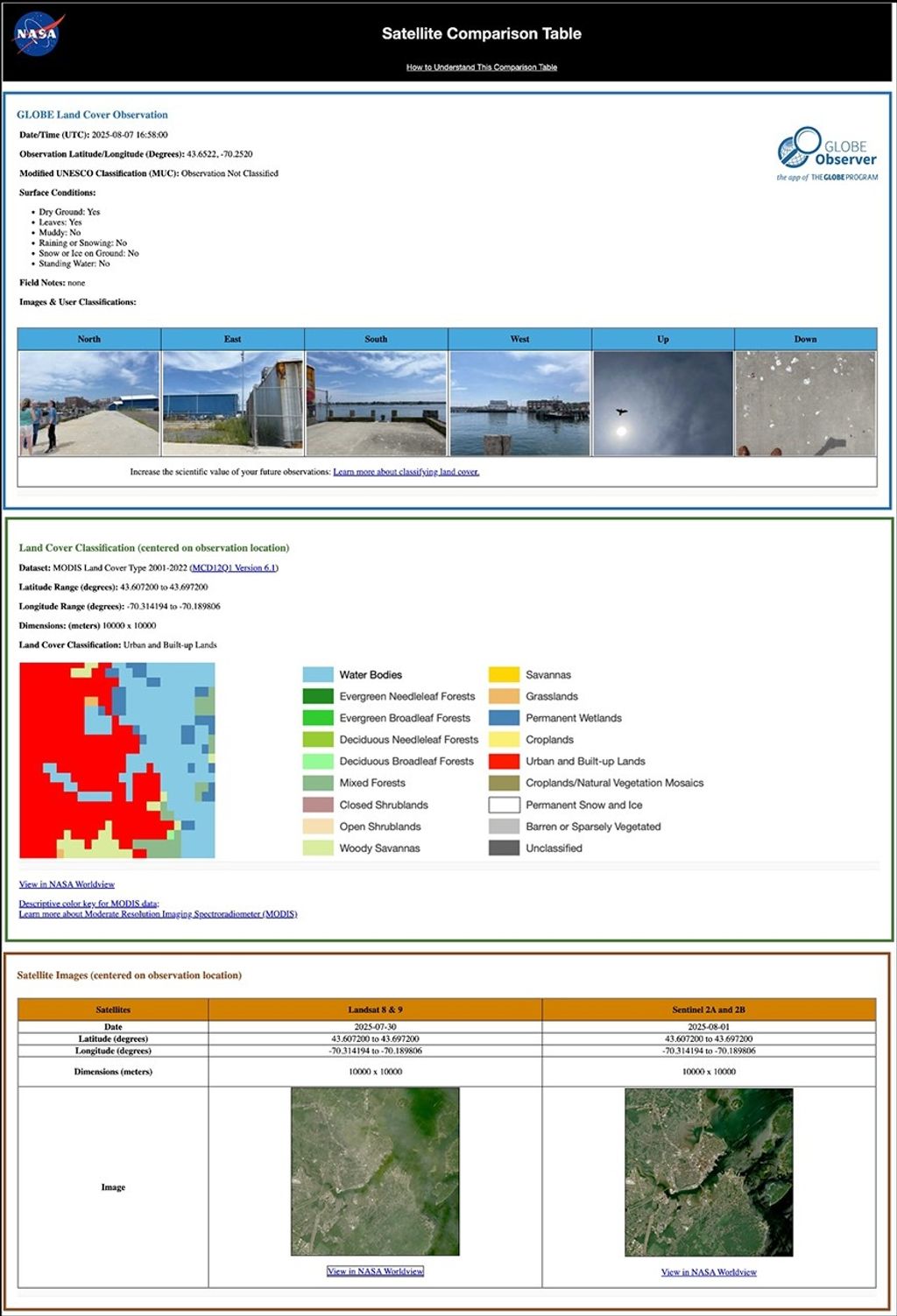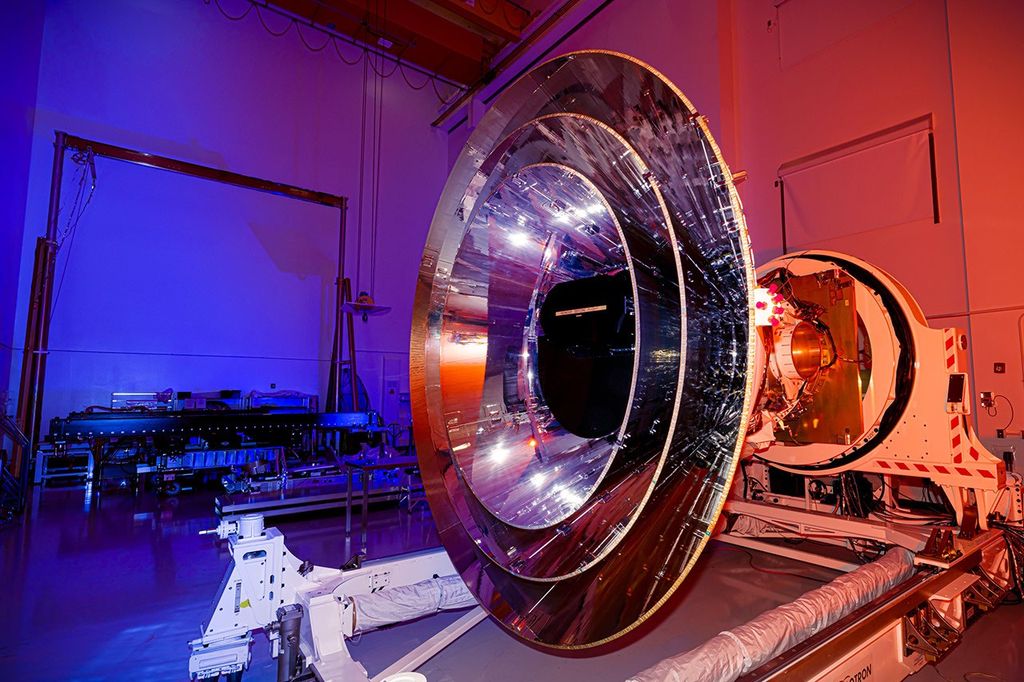1 min read
Eta Carinae

A Hubble Space Telescope observation of the star Eta Carinae, made with the Wide Field and Planetary Camera (WF/PC). An eruptive variable star, Eta Carinae has expelled a large amount of gas into the surrounding interstellar medium. The HST resolves individual clumps as small as only about ten times the size of our Solar System. Because it is clumpy on such small scales, and has such a well defined edge, the nebula is probably a thin and well defined shell of material, rather than a filled volume. Radiation pressure and stellar wind from Eta Carinae have fragmented the shell.
Ejecta from the star slams into slower moving gas to create a ridge of emission to the lower right. This ridge is in fact part of a "cap" of material located to the southwest and behind the star. Small knots and filaments trace the locations of other shock fronts within the nebula.
A very well collimated jet of material flowing away from Eta Carinae can be seen as two parallel lines pointing to the northeast (upper left) away from the star. These two lines mark the edges of the jet, which appears to be a narrow tube-like structure. The jet terminates in an inverted U-shaped feature, which is the bow shock. A fascinating "ladder-like" structure also appears to be associated with the jet. The "rungs" of the ladder may represent some kind of wave phenomenon in the flow of material away from the star.
Seven individual exposures were obtained through a filter which isolates light emitted by ionized nitrogen. The exposures were then combined and processed to partially correct for the aberration caused by the telescope's primary mirror. The field shown is 50 arcseconds across, resolution is 0.2 arcseconds.
Not all of the structure in the image is real. The cross centered below and to the left of the star is where the four portions of the image (from four different cameras) were imperfectly patched together. Some of the structure along the left side and bottom of the image is due to imperfections in the image reconstruction techniques. The line and the "Christmas tree" structure extending from the star to the top of the frame and the "salt and pepper" structure in the center of the image are due to overexposure in the center of the nebula.
About the Object
- R.A. PositionR.A. PositionRight ascension – analogous to longitude – is one component of an object's position.10h 45m 3.59s
- Dec. PositionDec. PositionDeclination – analogous to latitude – is one component of an object's position.-59° 41' 4.26"
- Object NameObject NameA name or catalog number that astronomers use to identify an astronomical object.Eta Carinae
- Release DateMay 17, 1991
- Science ReleaseNASA’s Hubble Space Telescope Resolves Eruption of a Massive Star
- CreditCredit:: J. Hester/Caltech & NASA
Share
Details
Last Updated
Aug 17, 2025
Contact
Media
Claire Andreoli
NASA’s Goddard Space Flight Center
Greenbelt, Maryland
claire.andreoli@nasa.gov




